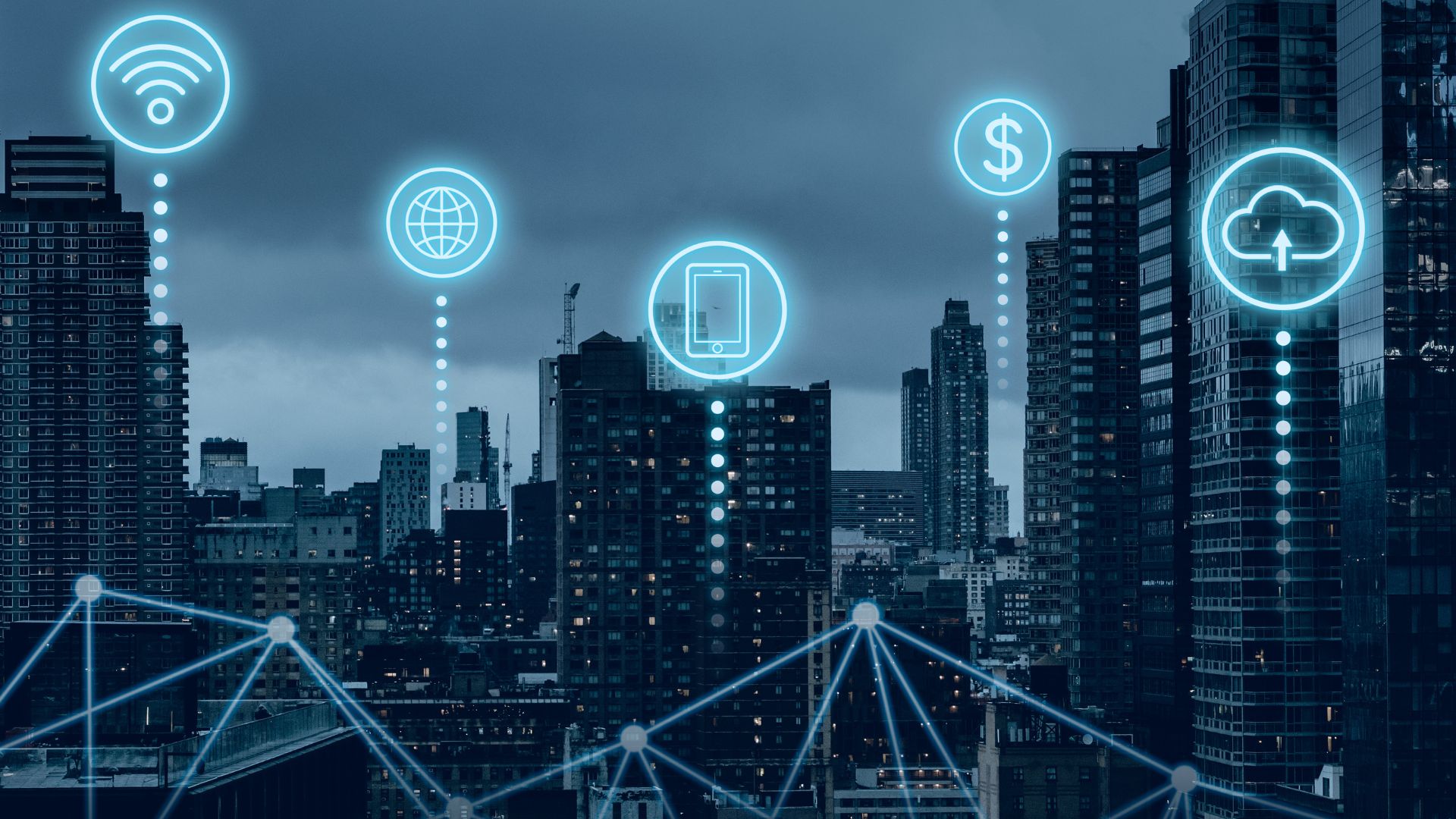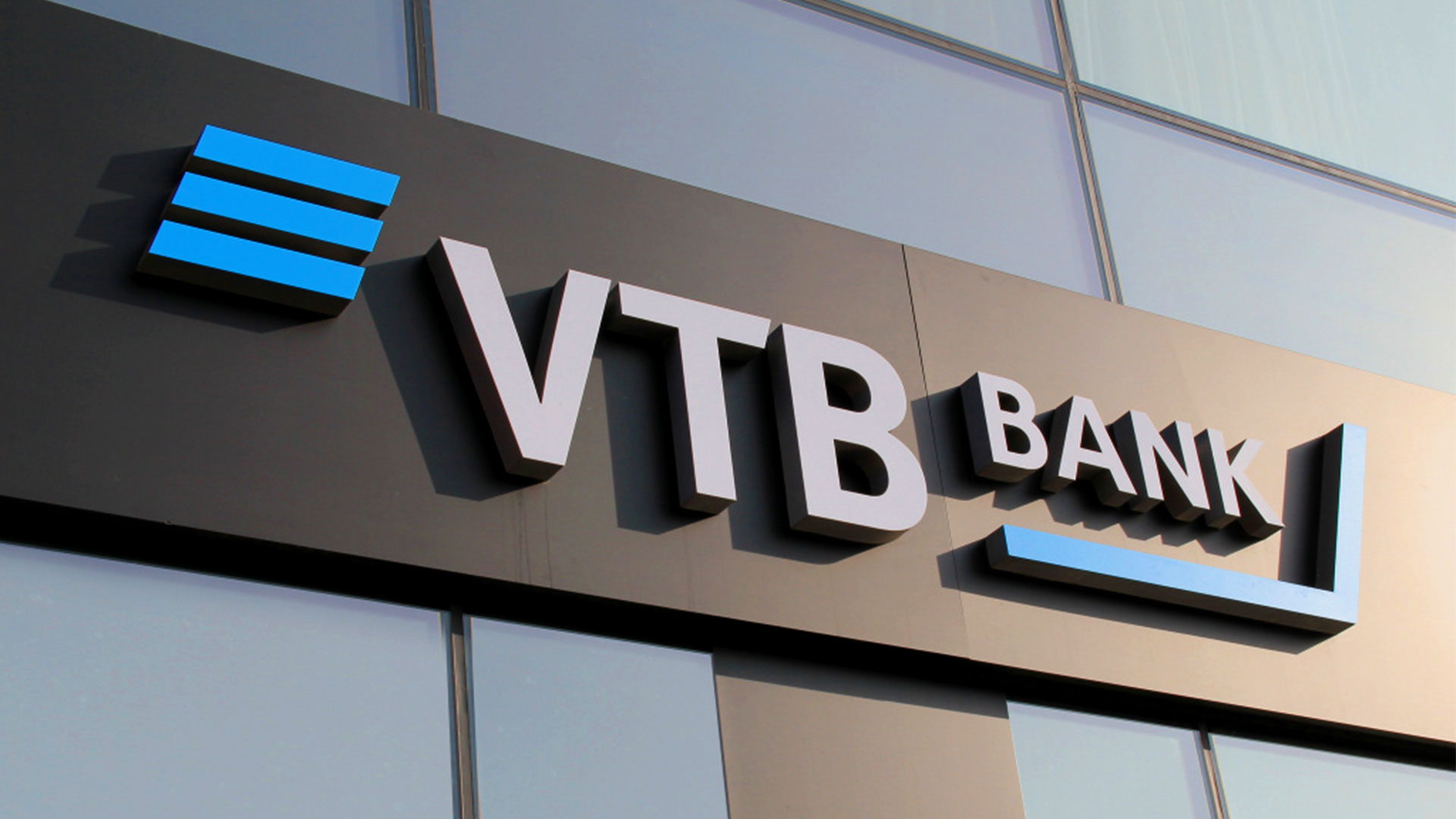
In a landmark move to modernize federal financial transactions, President Donald Trump signed an executive order on March 25, 2025, directing the transition from paper-based payments to fully electronic methods. Effective September 30, 2025, all federal disbursements including benefit payments, vendor transactions, and tax refunds will be processed exclusively through digital channels.
The initiative aims to enhance efficiency, cut operational costs, and reduce fraud risks associated with paper checks. According to the U.S. Treasury Department, maintaining paper-based payment infrastructure cost taxpayers over $657 million in the 2024 fiscal year. Additionally, Treasury-issued checks are reportedly 16 times more likely to be lost or stolen compared to electronic funds transfers (EFT).
Under the executive order, federal agencies must adopt EFT methods such as direct deposit, debit and credit card payments, digital wallets, and real-time payment systems. Payments to the federal government—including taxes, fines, and fees must also be processed electronically where legally permissible.
The directive allows for limited exceptions in cases where banking access is unavailable, for certain emergency payments, and for specific national security or law enforcement activities. The Treasury Department has been tasked with establishing protocols to accommodate these exceptions.
To ensure a seamless transition, the Treasury will centralize federal payment processing and initiate a public awareness campaign. Federal agencies are required to submit compliance plans within 90 days, detailing steps to enroll recipients in digital payment methods and address potential challenges.
Industry experts view the executive order as a significant policy shift. Phil Bruno, Chief Strategy and Growth Officer at ACI Worldwide, emphasized its broader implications, stating, “The real story behind the White House’s executive order isn’t just that federal payments are going digital – it’s that Washington is stepping up as a central player in shaping how money moves across the entire economy.”
Bruno noted that while countries like Brazil and India process billions of instant payments monthly, the U.S. has lagged due to its historically market-driven approach. “For decades, U.S. policymakers have relied on the private sector to lead on real-time payments and fraud prevention. This order flips the script—empowering the Treasury to modernize its systems and set a precedent for real-time, fraud-resistant transactions.”
The shift also aligns with efforts to combat financial fraud. In 2024 alone, authorized push payment (APP) fraud losses in the U.S. reached $2.2 billion. By embracing digital transformation, the federal government aims to mitigate fraud risks and enhance security in financial transactions.
Bruno suggested that the executive order could set the stage for broader regulatory shifts. “This move may be remembered not just as a back-office modernization but as the moment when the U.S. government took a leadership role in the digital transformation of the payments ecosystem.”
The modernization effort will affect nearly half a million Americans who still receive paper Social Security checks. The Social Security Administration has initiated outreach programs to assist beneficiaries in transitioning to direct deposit or other digital payment methods.
With the mandate set to take effect in September 2025, federal agencies, financial institutions, and recipients must prepare for a new era of digital-first government transactions.




